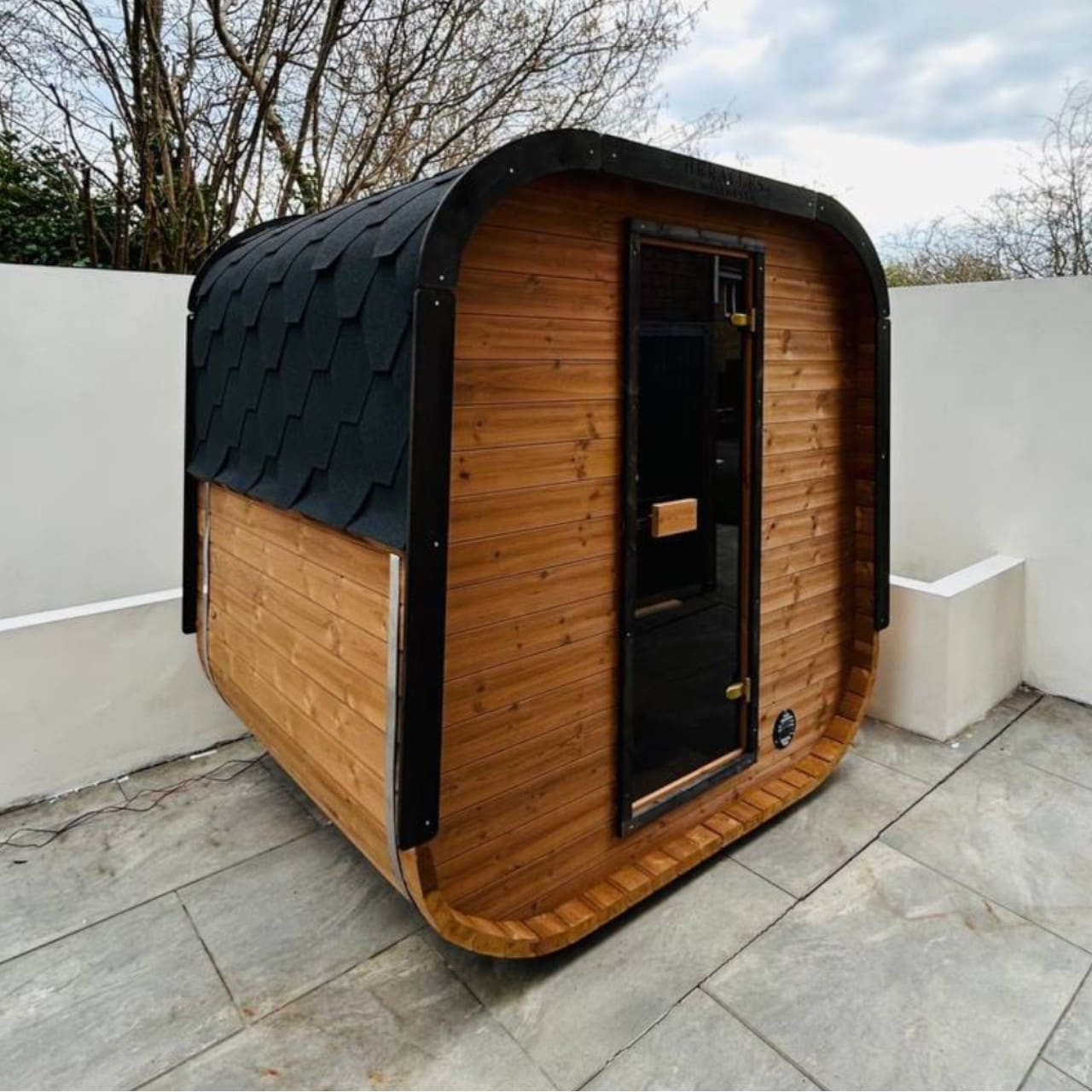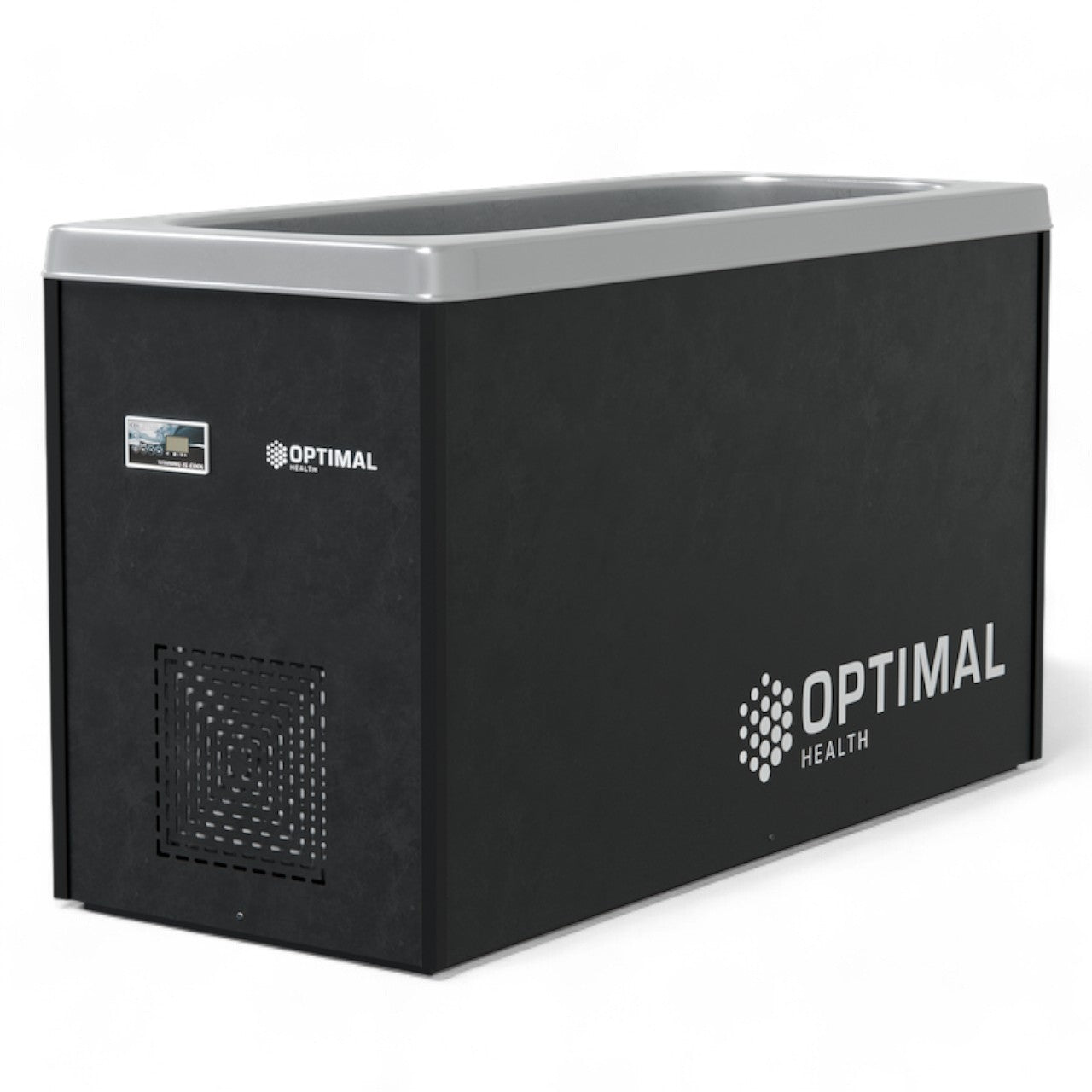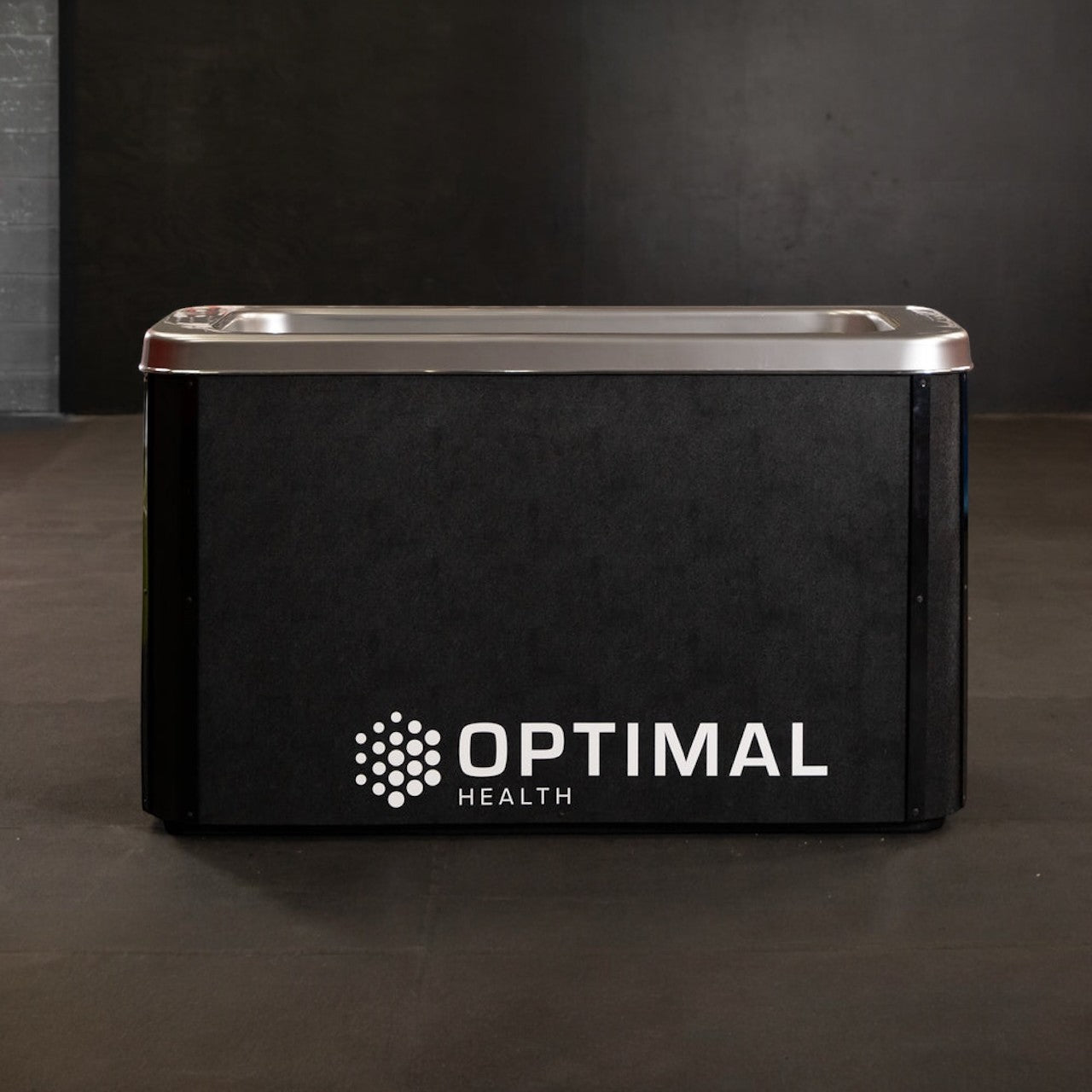When considering weight loss options, infrared saunas have come into the limelight with claims that they can aid in fat loss.
This type of sauna uses light waves to create heat. It is alleged to help your body burn calories and potentially reduce fat.
However, it's important to understand that weight loss is a complex process influenced by numerous factors including diet, exercise, and metabolic rates. While the idea that sitting in a sauna could help you shed weight effortlessly is appealing, the reality is that healthy weight loss often requires a more holistic approach.
Key Takeaways
- Infrared saunas may contribute to calorie burn and potentially assist in weight loss.
- The role of saunas in fat loss is complex and involves additional lifestyle factors.
- Maintaining hydration and considering safety is crucial when using infrared saunas.
Understanding Infrared Saunas
When you think of a sauna, you typically imagine a room filled with heat, but the type and source of this heat can differ significantly. Let's explore the specifics of infrared saunas and how they stand apart from traditional ones.
How do Infrared Saunas Work?
An infrared sauna utilises light waves to create heat. Unlike a conventional sauna that raises the temperature of the air around you, infrared saunas directly warm your body. The heat from these saunas penetrates more deeply into skin tissue, which is why some believe it can have a different impact on health and fat reduction.
Differences Between Infrared and Traditional Saunas
-
Temperature: Traditional saunas, which can be either a dry sauna or a steam sauna, operate at higher temperatures. In contrast, infrared saunas function at a lower range of about 48°C to 60°C (118°F to 140°F).
-
Heating Method: Infrared saunas emit infrared light waves that directly heat your body, meaning the air around remains cooler. On the other hand, traditional saunas heat the air, which in turn warms you up.
Both types can provide a sense of relaxation and have claims of health benefits, yet the experience and potentially the outcomes are unique due to these fundamental differences.
How does a Sauna Burn Fat?
The potential of infrared saunas to aid in fat reduction hinges on their heat generation and subsequent effects on the body. Let's explore how this may influence fat loss, metabolism, and calorie burn.
Can Sauna Help with Weight Loss?
Infrared saunas generate heat by emitting waves that penetrate your skin, supposedly increasing your core body temperature. This could stimulate sweating and blood flow, mirroring some of the responses during mild exercise. Users often believe that these saunas can help them shed body fat, though evidence on this is contradictory.
The Role of Heat in Weight Loss
Heat plays a critical role in weight loss by contributing to calorie burn. The theory is that as your body works to cool itself down, it burns calories in the process. Infrared saunas are thought to create a condition where your body temperature rises to 37-40°C (98.6-104°F), which could lead to an increase in energy expenditure.
Influence of Using Saunas on Metabolism
Regular sauna sessions might boost your metabolism, the process by which your body converts food and drink into energy. By elevating your heart rate, similar to the effects of aerobic exercise, it's suggested that saunas could potentially enhance your body's calorie-burning capability, effectively aiding in weight loss.
Infrared Saunas and your Weight Loss Journey
Before you step into an infrared sauna in hopes of shedding some weight, it's essential you understand how they may or may not align with your weight loss goals.
Research on Infrared Saunas for Weight Loss - Can it Burn Calories?
While traditional saunas heat the air around you, an infrared sauna uses infrared lamps to warm your body directly. A study suggests that the increase in core body temperature could lead to a higher caloric burn. Although this sounds promising, it's important to note that weight loss results from sustained calorie deficit and not just transient increases in heat.
- Calories Burned: Approximate increase in burnt calories due to elevated heart rate during a sauna session.
- Recovery: Potential enhancement in muscle recovery post-exercise, influencing frequency and intensity of workouts.
Comparing Weight Loss in Saunas to Exercise
A comparison between sauna sessions and exercise is not straightforward. It is widely accepted that exercise is a more effective method for long-term weight loss because it leads to a higher and more sustained increase in heart rate and caloric expenditure.
On the flip side, an infrared sauna can complement your workout routine by aiding in recovery, which might indirectly contribute to your weight loss efforts by allowing you to exercise more consistently.
- Heart Rate: Your heart rate may increase in the sauna, but generally less than during moderate exercise.
- Exercise Caloric Burn: You typically burn more calories through exercise compared to passive heating.
Health Benefits of Infrared Saunas

When you step into an infrared sauna, you're not just subjecting yourself to heat; you're potentially improving cardiovascular health and detoxification, while enjoying relaxation and a reduction in stress.
Such saunas operate at lower temperatures than traditional ones, around 50 to 60 degrees centigrade (122 to 140 degrees Fahrenheit), providing a different experience for your body.
Cardiovascular Health Improvements
Infrared saunas may offer benefits similar to moderate exercise, such as increased heart rate and sweating. Studies suggest that regular use can lead to short-term improvements in cardiac function by reducing blood pressure and improving cholesterol levels. This can contribute positively to your overall heart health.
Detoxification Through Sweating to Help You Lose Weight
As you relax in the gentle warmth, your body sweats, which is a natural method for detoxification. This process helps in eliminating toxins, and though it is not a complete detoxification solution, it supports the body's natural mechanism to clear waste products.
Relaxation and Stress Reduction
The warmth of an infrared sauna envelops you, helping to reduce stress and promote relaxation. This can have a positive impact not only on your mental health but also on your overall health. Regular sessions can help you feel more balanced and calm as part of a holistic approach to wellness.
Hydration and Safety Considerations

When utilising an infrared sauna, maintaining proper hydration is crucial for your health and safety. The high temperatures can lead to increased sweating and potentially, dehydration.
The Importance of Staying Hydrated
Your body requires adequate water to function properly, especially in the warmth of an infrared sauna, which operates at around 54-60°C (129-140°F). Sweating can cause a rapid loss of fluids, leading to a reduction in water weight. It's essential to drink plenty of fluids before, during, and after a session to replenish what you've lost and enjoy the health benefits of the sauna without negative consequences.
Recognising Symptoms of Dehydration
Dehydration can present through various symptoms. Be alert for signs such as:
- Dry mouth or thirst
- Headaches
- Dizziness or light-headedness
- Fatigue
If any of these symptoms appear, exit the sauna, rest, and rehydrate immediately. Regular sauna users may become more attuned to their body's hydration needs and learn to prevent dehydration proactively.
Additional Factors Influencing Weight Loss
An infrared sauna may help you on your fat loss journey, but other key elements also impact fat reduction. Your diet and the amount of physical activity you engage in play pivotal roles.
Nutritional Aspects of Weight Control
Your diet is the cornerstone of fat loss. Consuming fewer calories than you expend leads to a caloric deficit, which is necessary for weight loss. Prioritising nutritious foods that are high in protein and fibre will help you feel fuller for longer and can aid in managing cravings. Focus on balancing macronutrients like carbohydrates, proteins, and fats to support your body's needs. To better understand how these nutrients work together for fat loss, consider reading up on the effects of a balanced diet.
Role of Physical Activity in Fat Reduction
Incorporating regular physical activity is also crucial for fat loss. Exercise that increases your heart rate plays a significant part in burning fat. Meanwhile, activities like cardiovascular exercise not only burn a substantial number of calories during the session but can also increase your metabolic rate post-exercise. Building and maintaining muscle mass through strength training is equally important, as greater muscle mass means a higher resting metabolic rate. If you're curious about the connection between metabolism and physical activity, you might find this explanation of how exercise burns calories helpful.
Can Infrared Sauna Burn Fat?
When considering infrared saunas for fat loss, it's important to separate fact from fiction. While these saunas do have health benefits, common misconceptions about their ability to burn fat can lead to unrealistic expectations.
The Myth of Spot Reduction of Belly Fat
You might have heard that sitting in an infrared sauna can target belly fat, but spot reduction is a myth. Your body decides where to lose fat, and no amount of sweating in a sauna can change this. Indeed, the heat may help you sweat and feel lighter, but this is merely water weight – a temporary state that doesn't equate to genuine fat or visceral fat loss.
Understanding Water Weight vs. Fat Loss
In an infrared sauna, you'll sweat out excess water. This may show up as a lower number on your scale, but don't be misled. Losing water weight is not the same as losing fat.
To lose weight effectively, you need to create a calorie deficit. You can do this through a combination of diet and exercise, not just by perspiring in a sauna. True fat loss occurs across your body and cannot be expedited through sweating alone.















Leave a comment